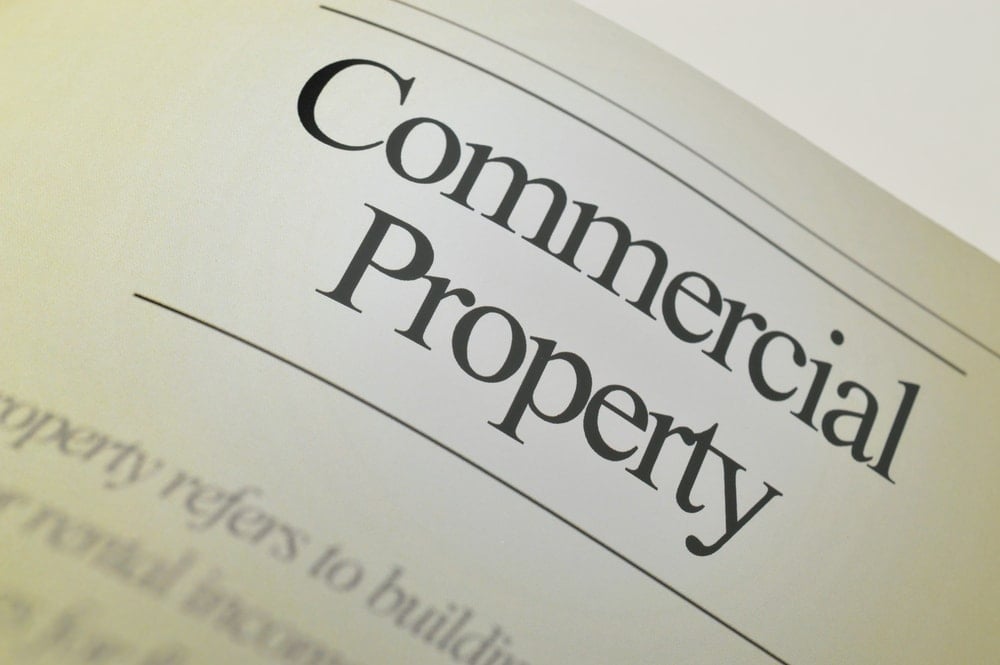By Samantha Kempe, co-founder and chief investment officer at IMMO
The current housing crisis in the UK cannot be understated. According to government’s Department for Levelling Up, Housing and Communities, 25% of the UK housing stock is substandard, with 12% of housing conditions representing a category 1 hazard. It’s clear current strategies aren’t working.
In hopes of easing this rental crisis within the next seven years, it’s estimated the UK must invest a notable £250 billion into the housing sector. It’s not just about financial injection, addressing this challenge requires the deployment of innovative strategies beyond the mere construction of new property.
With over 80% of the country’s current housing stock in 2050 already standing, strategic retrofitting of existing properties presents the most viable solution, especially with some 34,327 properties classed as “long-term vacant”. However, this is only possible if institutional investors recognise the investment opportunity for existing stock, particularly those that fall under Single-Family Rentals (SFR). Only 2-3% of this market has been tapped up by investors.
Out with the old: Is the new build strategy working?
Building new has been the go-to solution for these issues in the past, but the speed at which new homes are being built does not match the rental market demand.
The widening gap between new homes required versus properties delivered encapsulates the overarching challenge. As of Q4 2023, only 212,570 new homes were completed across the UK, significantly below the government’s annual target of 300,000 units, and even further from the estimated need for 500,000 units.
Developers are struggling to meet the volumes needed, strained across the board by prohibitive land prices, complex planning bureaucracy, and rising construction costs. These construction costs were already elevated prior to the pandemic due to high competition, but have since shot up as a result of the crisis in Ukraine.
The post-2020 inflationary and interest rate surge has exacerbated these pressures, pricing out many schemes entirely or necessitating substantial public subsidy support. For example, over £560 million in levelling up funding has been lost to inflation. Other cost hikes in areas like utilities and labour have further inflated expenses.
These market challenges show little sign of abating. We must therefore confront the reality that solely relying on new builds to deliver better quality homes will not suffice. We must instead enable long-term investors who wish to deploy capital into delivering affordable, stable and high-quality rental housing, to find investment opportunities within the existing sector.
The retrofitting opportunity for investors and the environment
The retrofitting opportunity represents a win-win. Long-term institutional investors tapping into existing residential homes, particularly SFR, access an asset class for which 98% of the opportunity is untapped. Not only does this provide a lucrative, under-considered option for investors, the financial injection accelerates the upgrading of existing housing stock, reducing the current deficit of livable homes.
By connecting investors with retrofitting opportunities at scale, our own data suggests existing homes can be made two times more carbon efficient and can be implemented across three times the amount of homes when compared to new build rates.
There is also the beneficial impact to housing sustainability and energy efficiency to consider for the renter experience. Making the necessary energy upgrades to shift a property from a D to a C EPC rating can save tenants an average of £500 in lower energy bills while substantially reducing carbon emissions. Every EPC grade climb also brings around a 30–40% reduction in CO2 emissions per year.
Retrofitting stands out in sustainability by addressing both operational and embodied carbon—operational carbon relating to the emissions from a building’s use over decades and embodied carbon being from construction. By upgrading existing homes, retrofitting significantly lowers embodied carbon, avoiding the emissions tied to new builds. While new units can achieve similar operating emissions once finished, retrofits greatly outperform on overall sustainability by repurposing existing homes rather than starting from scratch. For ESG-motivated stakeholders, the evidence signals investment in retrofitting as the superior choice for scaling positive change.
For communities, the focus of enhancing assets within existing neighbourhoods rather than wholesale redevelopment avoids the risk of rising rental rates which ‘price out’ locals. By retrofitting existing homes instead, mid-market and lower-income residents can continue living in their existing neighbourhoods with improved living standards.
How AI can help enable retrofitting opportunities
Realising the full potential of retrofitting requires innovative proptech tailored to upgrading at scale. Solutions leveraging predictive analytics, artificial intelligence and centralised platforms can streamline analysis for investors and promote confidence in their long-term investment.
For instance, AI predictive modelling can identify areas and assets poised for growth or decline before market price adjustments. By analysing variables like commute times, rental growth rates, yields, incomes, and occupancy rates across regions, the technology provides a granular understanding of local supply-demand dynamics. This helps pinpoint investments in locations offering the best tenant demand and stability.
Predictive analytics can also incorporate factors such as neighbourhood development plans, green spaces, local amenities, local employment rates, or even the quality of nearby schools – elements that significantly affect residential desirability and consequently, investment performance.
This advanced technology facilitates accurate, data-led choices, directing investment to where it can enhance both social and financial results most effectively.
Consequently, stakeholders can quickly evaluate the potential for retrofitting across their portfolio, pinpointing the top opportunities to boost societal benefits and make the most efficient use of capital for eventual gains.
Access to information leads to improved decision-making, and pairing strategic investment with focused property technology offers the potential for faster and more significant progress in unlocking retrofitting opportunities for long-term, responsible institutional investors.



